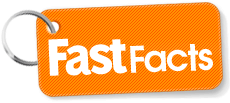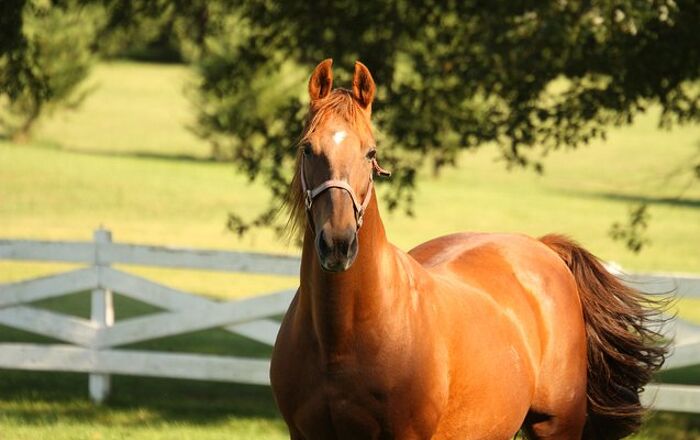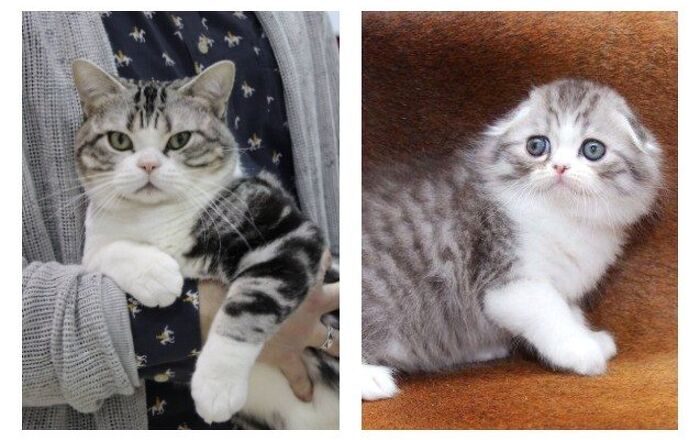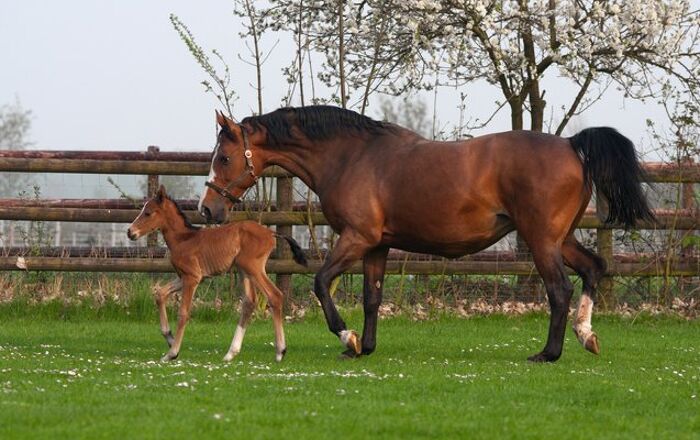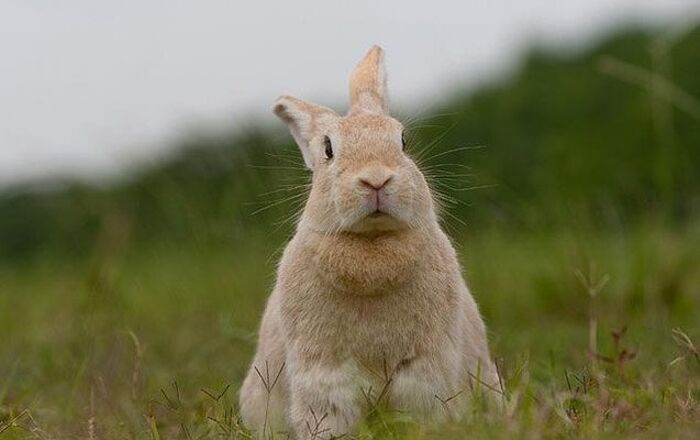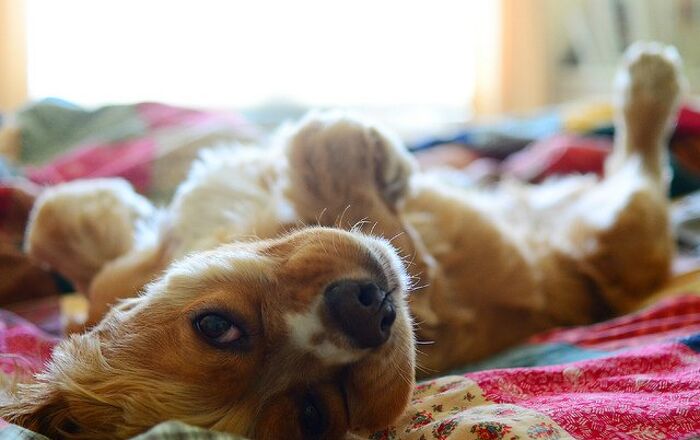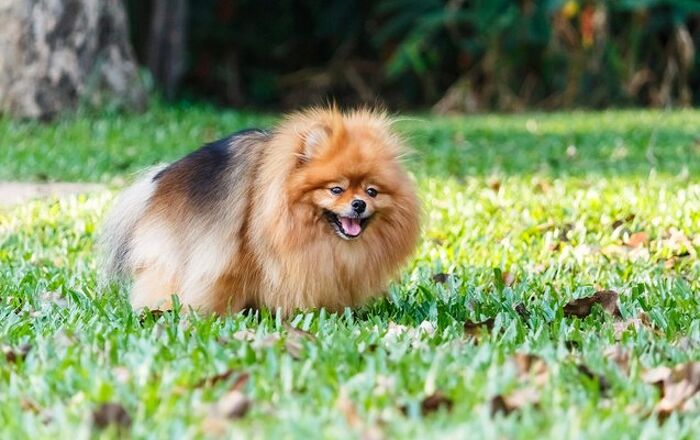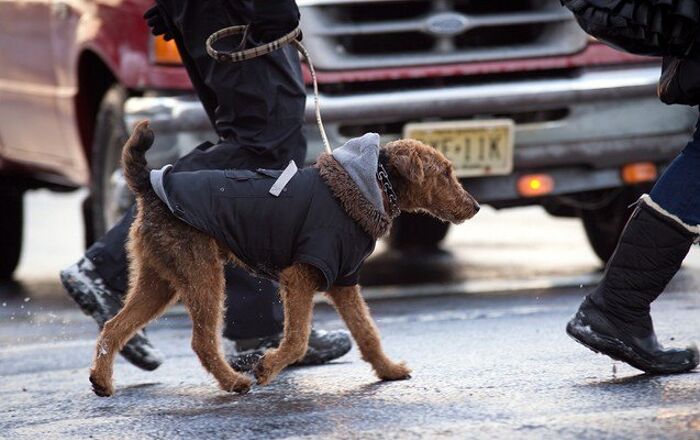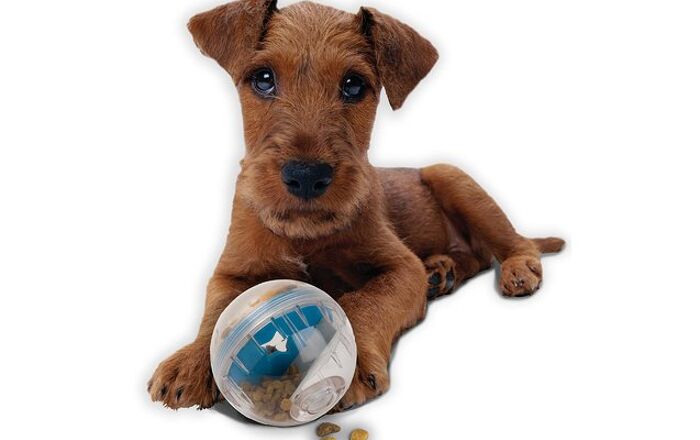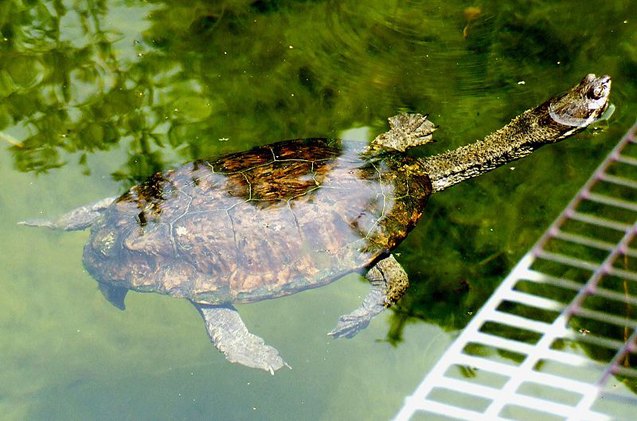
Argentine Snake-Necked Turtle General Info
The Argentine Snake-Necked Turtle, which is one of the two South American Snake-Necked Turtle breeds, is a unique breed of aquatic turtle that is named for its long neck. Unlike so many other turtles that are kept as pets, this turtle does not bask regularly. Instead, these turtles only go on land to dry off a bit, to explore, to escape a bully, or to deal with a shell issue.
Provided that you can give this shy turtle everything that it needs to thrive in captivity, including a proper enclosure and diet, you can enjoy watching your pet become a part of your family. These animals do require an advanced level of care because they are finicky eaters and they have higher water quality requirements, so they are not an ideal choice for beginner turtle keepers.
The Argentine Snake-Necked Turtle is a unique breed of aquatic turtle that is named for its long neck.
Native Habitat
Argentine Snake-Necked Turtles are found in the wild in Uruguay, southern Brazil, Paraguay, and northern Argentina. They prefer rivers, marshes, streams, and ponds that have aquatic vegetation. When found in coastal areas, these turtles will even be found in brackish water. They will also hibernate in cooler areas within their range.
Overall Description
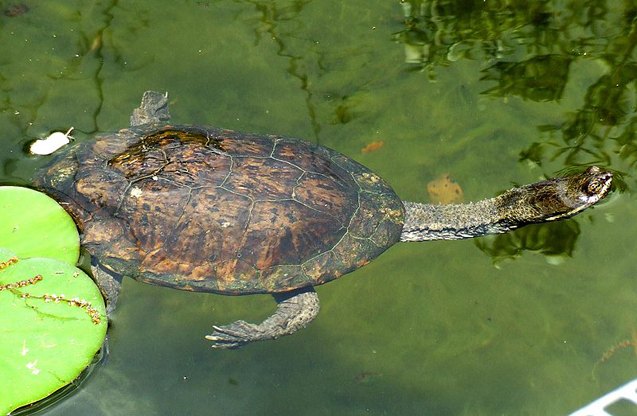
The carapace of the Argentine Snake-Necked Turtle will be oval and flattened. The surface could either be smooth, covered with peaks and grooves, or have cone-like or thorn-like knobs on the scutes down the center, thereby forming a ridge that runs down the middle of the carapace. The knobs can also be seen on scutes on either side of the center ridge. As the turtle matures, the carapace can become smooth, though the knobs can sometimes be maintained in older adults.
The head will be of a moderate size and feature a slightly protruding, short snout. The upper jaw will not feature a notch, nor will it be hooked. There will also be many scales on the top of the head that will be irregularly shaped.
The fronts of the front limbs, as well as the backs of the hind legs, will feature transverse scales that are large, and there will be four claws on each foot.
Females will grow larger than males. Both genders will have twisting, long necks that allow them to capture fish, insects, and worms with ease.
Argentine Snake-Necked Turtles are found in the wild in Uruguay, southern Brazil, Paraguay, and northern Argentina.
Colors
The Argentine Snake-Necked Turtle’s carapace will be a dark brown color, and it can sometimes be speckled. The narrow bridge on the carapace could be anywhere from brown to yellow with large blotches that are brown.
The plastron pattern and color will vary. It could be totally yellow, or it could be yellow along with brown blotches. Some turtles will even showcase a black pattern.
This turtle’s head will be gray to olive in color. It will feature a cream or white stripe that is bordered with gray or black and extends from the upper jaw along the neck.
The jaws could be tan or yellow, and the underside of the animal’s chin and head will be yellow with dark lines or spots. The tail will be olive gray.
Environment

To keep your Argentine Snake-Necked Turtle happy and healthy, you will need to set up a large enclosure. A single male should be kept in a 90-gallon tank as the minimum, while females will need at least a 125-gallon tank. More space will be necessary if you are planning on housing more than one turtle in the same tank.
These turtles are fairly active and they are strong swimmers, so deep water is necessary. Even though they do not bask frequently, they will need a basking area that is easy to access, and you also need to set up a UVB light and a heat lamp over the basking area.
The tank should provide this shy pet with hiding places in the form of aquatic vegetation and safe underwater hiding areas. For the substrate, stick with something that’s soft and will not cause injuries to your turtle’s shell.
Because the Argentine Snake-Necked Turtle is vulnerable to fungal outbreaks, you need to provide your pet with pure, filtered water that has a low pH between 5.0-5.8.
The air temperature in your turtle’s enclosure should be anywhere from the low to mid 80s Fahrenheit, while the basking area should be in the mid 80s Fahrenheit. The water temperature can be maintained anywhere from the low to mid 70s Fahrenheit with the help of a high quality water heater.
To keep your Argentine Snake-Necked Turtle happy and healthy, you will need to set up a large enclosure.
Care Requirements
The Argentine Snake-Necked Turtle is a strict carnivore, so you can feed your pet a range of live foods, such as crickets, snails, worms, and fish. You can also give your pet a commercial pelleted diet designed for turtles, and you can even add feeder fish in your turtle’s enclosure so he can hunt whenever he wants.
Behavior
You can house your Argentine Snake-Necked Turtle in a community tank, but you will only be able to house several of the same species in the same enclosure because these turtles prefer water that has a low pH.
Only handle these turtles when it is absolutely necessary to do so. And make sure that you purchase a turtle that was born in captivity rather than taken from the wild.
Photo credit: OpenCage/Wikimedia; TomCatX/Wikimedia
